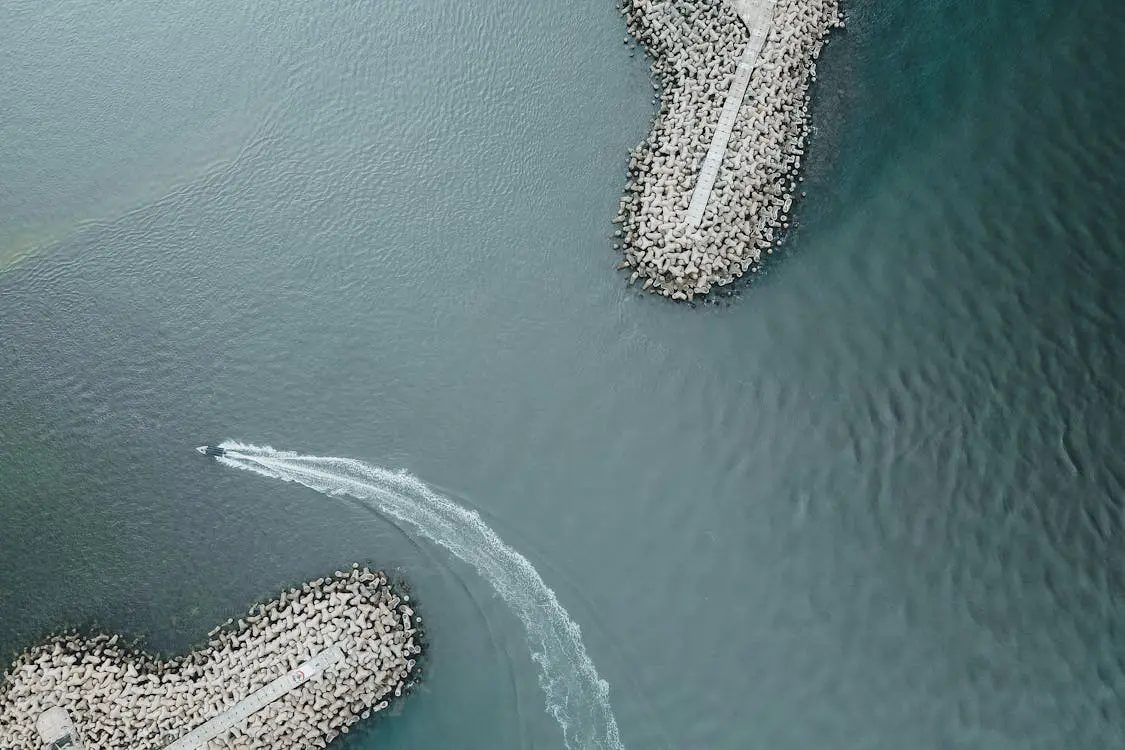Doormats in the Current: A Guide to Catching Flounder in Coastal Inlets
Doormats in the Current: A Guide to Catching Flounder in Coastal Inlets

Image Credit: pok-rie on Pexels
Overview of Fishing Inlets for Flounder
Inlets are dynamic transition zones where the open ocean meets protected waters, often characterized by narrow channels, shifting sandbars, and varying depths. These features create diverse microhabitats that are highly productive for flounder. Tidal currents in inlets tend to concentrate baitfish and nutrients, making these areas excellent for ambush predators like flounder.
Features Found In and Near Inlets
-
Channel Formation:
Inlets often have natural channels where tidal currents are concentrated. Flounder use these channels as feeding corridors, lying in wait on the sandy or muddy bottom. -
Sandbars and Rip Channels:
The interaction of tides and currents forms sandbars and rip channels. These structures can create pockets of calmer water adjacent to more turbulent flows, where flounder may ambush passing prey. -
Tidal Variability:
Inlet areas are subject to significant tidal changes. High tide may fill channels and expose deeper areas, while low tide can reveal shallow flats, both of which influence where flounder congregate.
Flounder Behavior in Relation to Inlets
-
Location:
Flounder are typically found lying on or just beneath the substrate in the channels and along the edges of sandbars in inlets. They position themselves in areas where the tidal flow brings in ample forage. -
Behavior:
During periods of active tidal flow, flounder tend to be more aggressive, striking rapidly at prey concentrated by the currents. When the tide is slack, they become more sedentary, relying on their camouflage to ambush slowly drifting bait.
Targeting Flounder Near Inlets
-
Live Baits and Rigs:
Effective live baits include small baitfish such as pilchards or minnows. These can be rigged on a sliding sinker rig or a fish finder rig, ensuring the bait stays near the bottom where flounder lie in wait. -
Lure Options:
Bucktails and soft plastic lures that imitate injured baitfish or shrimp are popular. -
Retrieve Techniques:
- Stop-and-Go Retrieve:
Alternate between smooth motion and deliberate pauses to simulate injured or drifting prey. This can prompt a strike from flounder that are cautiously testing the bait. - Erratic Twitching:
Incorporate sudden, sharp twitches into your retrieve to mimic the unpredictable movements of wounded prey, triggering an explosive ambush. - Variable Speed Retrieval:
Changing the speed intermittently can simulate the erratic behavior of live bait and entice flounder to strike. - Jigging: Bucktails, spoons, or soft plastics on a jig head can be jigged or bounced off the bottom to produce reaction strikes.
- Stop-and-Go Retrieve:
The World's Most Complete Fishing Resource
We're building the ultimate fishing encyclopedia—created by anglers, for anglers. Our articles are created by real experienced fishermen, sometimes using AI-powered research. This helps us try to cover every species, technique, and fishing spot imaginable. While we strive for accuracy, fishing conditions and regulations can change, and some details may become outdated or contain unintentional inaccuracies. AI can sometimes make mistakes with specific details like local access points, parking areas, species distributions, or record sizes.
Spot something off? Whether it's an incorrect boat ramp location, wrong species information, outdated regulations, or any other error, please use the "Help Us Improve This Page" section below. Your local knowledge makes this resource better for every angler.
Explore Related Topics
Discover more articles to deepen your knowledge
Curating articles for you...
Create your own Research Page using AI
Try our AI assistant for free—sign up to access this powerful feature